

Show Me Simple and Healthy Recipes — Hearty Roasted Vegetables (Bundle of 25)
Revised $10
Editor's note
The following abstract describes a publication that is available as a downloadable PDF. It is also available printed as part of the NC1 Show Me Simple and Healthy Recipes set

Cultural Food Photos card set
New $30
In this set of 60 cards, each nonbranded food card displays a Nutrition Facts label on the back, a photo of a nontraditional or cultural food.

Ecology and Management of White-Tailed Deer in Missouri
Reviewed
The white-tailed deer is one of Missouri’s most valuable wildlife. Visit our site to learn about the Ecology and Management of White-Tailed Deer in Missouri.
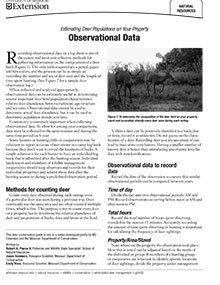
Estimating Deer Populations on Your Property: Observational Data
Reviewed
When collected appropriately, observational data can be useful. Visit our site for our Estimating Deer Populations on Your Property: Observational Data guide.
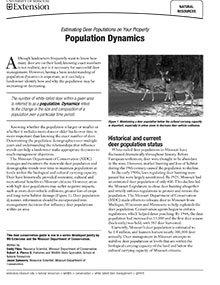
Estimating Deer Populations on Your Property: Population Dynamics
Reviewed
Deer populations are hard to calculate. Visit our site to view our resource on Estimating Deer Populations on Your Property: Population Dynamics.
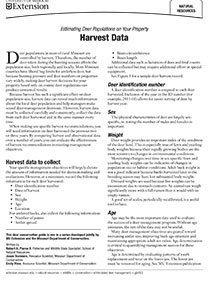
Estimating Deer Populations on Your Property: Harvest Data
Reviewed
Learn how to collect and analyze deer harvest data to inform population management decisions on your property.
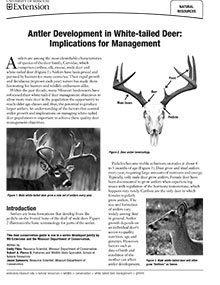
Antler Development in White-tailed Deer: Implications for Management
Reviewed
Antlers are among the most identifiable characteristics of species of the deer family. Visit our website to learn about antler development.
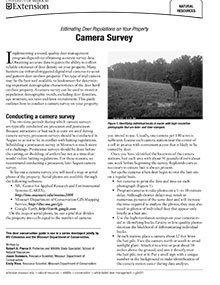
Estimating Deer Populations on Your Property: Camera Survey
Reviewed
White-tailed deer management
This deer conservation guide is one in a series developed jointly by MU Extension and the Missouri Department of Conservation.
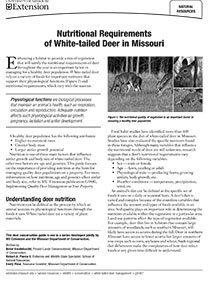
Nutritional Requirements of White-tailed Deer in Missouri
Reviewed
White-tailed deer rely on a variety of foods for nutrients. Learn how to enhance habitat on your property to maintain a healthy white-tailed deer population.

Nitrogen in the Environment: What is Nitrogen?
Reviewed
Nitrogen, vital to life, exists abundantly in the atmosphere but must be converted for plant use. Excess nitrates can contaminate water, posing health risks.
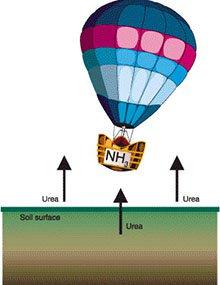
Nitrogen in the Environment: Ammonia Volatilization
Reviewed
Ammonia gas can be lost from the soil and return to the atmosphere. Visit our site to learn about Nitrogen in the Environment: Ammonia Volatilization.

Nitrogen in the Environment: Mineralization — Immobilization
Reviewed
Nitrogen in soil undergoes mineralization and immobilization, affecting plant growth and water quality. Excess nitrate may contaminate groundwater, posing health risks.
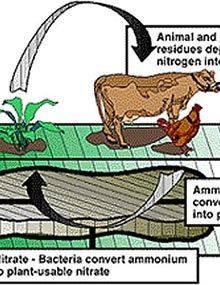
Nitrogen in the Environment: Nitrogen Cycle
Reviewed
Nitrogen in the soil can go through many complex chemical & biological changes. Visit our site to learn about Nitrogen in the Environment: Nitrogen Cycle.
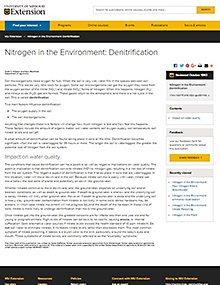
Nitrogen in the Environment: Denitrification
Reviewed
Denitrification converts soil nitrates to nitrogen gas. It occurs in low-oxygen soils and can impact water quality.

Nitrogen in the Environment: Nitrogen Fixation
Reviewed
Nitrogen fixation converts atmospheric nitrogen into plant-usable forms, enhancing soil fertility and reducing fertilizer needs.
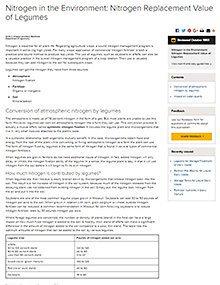
Nitrogen in the Environment: Nitrogen Replacement Value of Legumes
Reviewed
Legumes convert atmospheric nitrogen into usable forms, enriching soil and reducing fertilizer needs for subsequent crops.
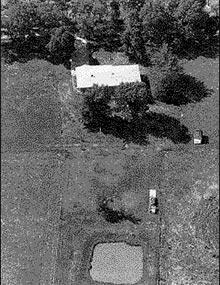
Residential Sewage Lagoon Systems: A Homeowner's Guide to Installation and Maintenance
Reviewed
Residential sewage lagoon systems treat household wastewater using a septic tank and an earthen pond, an option where public sewers aren't available.
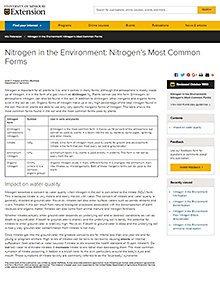
Nitrogen in the Environment: Nitrogen’s Most Common Forms
Reviewed
Nitrogen is important for all plants and it comes in many forms. Visit our site to learn about Nitrogen in the Environment: Nitrogen's Most Common Forms.

Nitrogen in the Environment: How Nitrogen Enters Groundwater
Reviewed
Nitrate from fertilizers and manure can leach through soil into groundwater, especially in sandy soils or areas with shallow water tables.
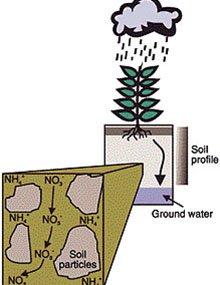
Nitrogen in the Environment: Leaching
Reviewed
Nitrate leaching occurs when excess water carries nitrates through soil into groundwater, posing health risks, especially to infants.

Sewage Treatment Plants for Rural Homes
Reviewed
Rural residents often must rely on individual waste treatment systems. Learn about the features and functions of an individual plant or package treatment system for handling residential sewage in this guide.
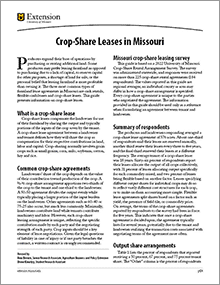
Crop-Share Leases in Missouri
Revised
Producers expand their base of operations by purchasing or renting additional land. The three most common types of farmland lease agreements in Missouri are cash rentals, flexible-cash leases and crop-share leases. This guide presents information on crop-share leases.

Nutrient Bar Graph Cards
New $30
Explore over 40 colorful nutrient bar graph cards to compare daily values of key nutrients in various foods, aiding effective nutrition education.
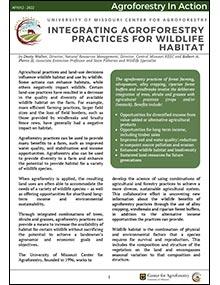
Integrating Agroforestry Practices for Wildlife Habitat
Revised
Learn how to incorporate management of trees, shrubs and grasses with your current farm practices to benefit white-tailed deer, eastern wild turkey, bobwhite quail, waterfowl and mourning doves.
